Anna2 aka A2 the agbot!
With a growing world population and concerns with the use of pesticides in industrial agriculture endangering bee populations, as well as expensive labor intensive organic farming, A2 will take on several world challenges with a single project.
Problem number 1 world hunger and a growing population:
With a growing world population and only so much available cultivatable land, newer techniques such as high precision agricultural techniques will need to be in use.
Problem number 2 Pesticide and chemical use:
It is believed that pesticide and chemical use could be contributing the bee and pollinator population decreases.
Problem number 3 labor intensive agriculture:
Organic farming and permaculture farming techniques could help the other problems. The problem is these techniques are labor intensive and result in a high price for the products, putting them out of reach for many families, as well as lower production.
A possible solution:
A2 will be a general purpose autonomous as well as tele-operated robot to help try to eliminate the problems. In order to help with high precision agriculture, a robot could give each plant more attention to increase crop yield. With greater attention to each plant, a robot could target specific insects which will help eliminate pests without targeting beneficial insects. It can also kill weeds without killing the crop.
I believe the key to accomplish these goals will be an
advanced vision system and the ability to see and identify plants and insects
in an agricultural environment. A2 will be built with a Raspberry Pi 3 model B
and low cost components to make it an economical labor source. Open CV and deep neural network models will
be used to build the advanced vision system.
 Dennis
Dennis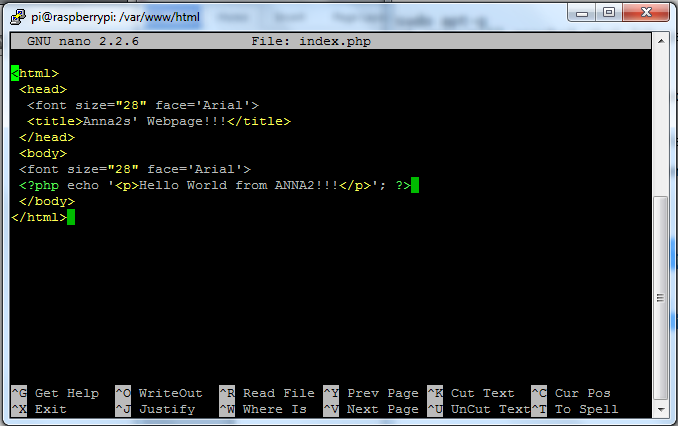
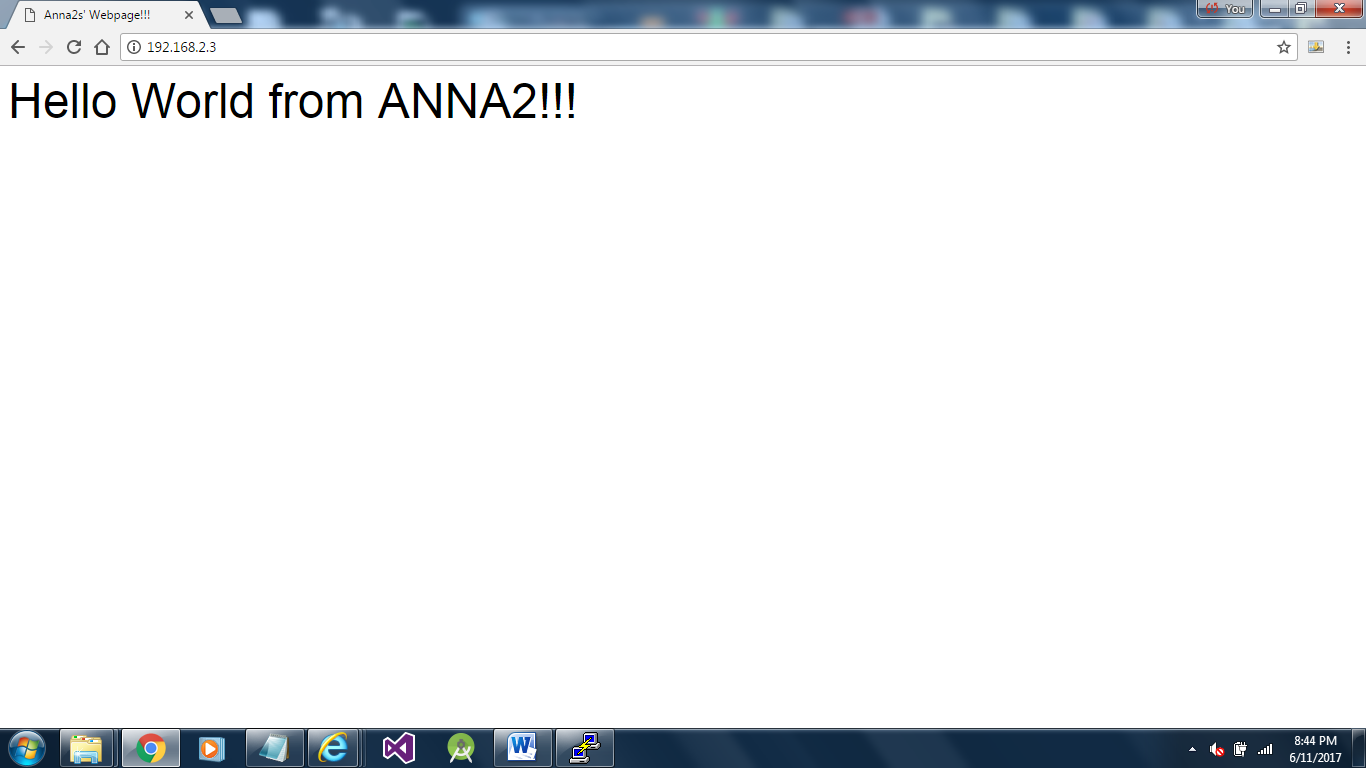
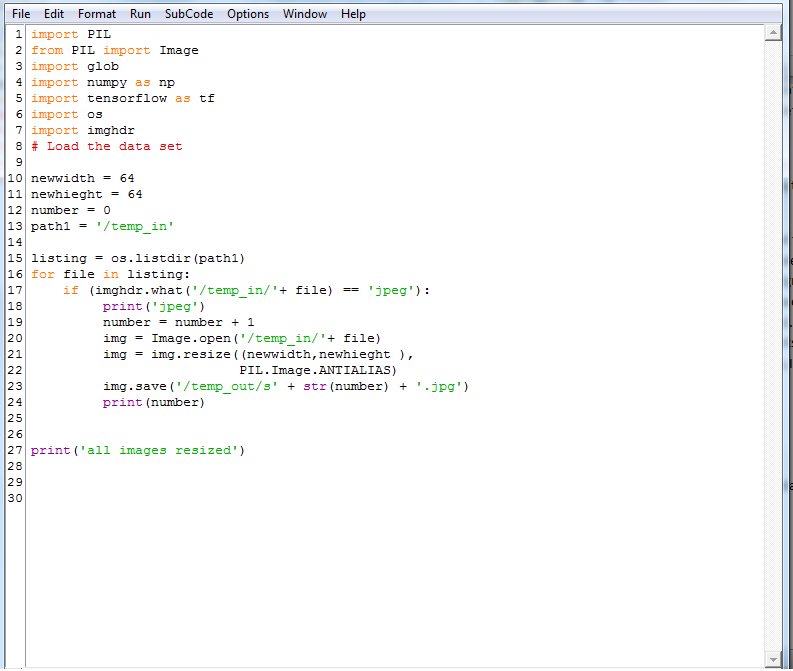
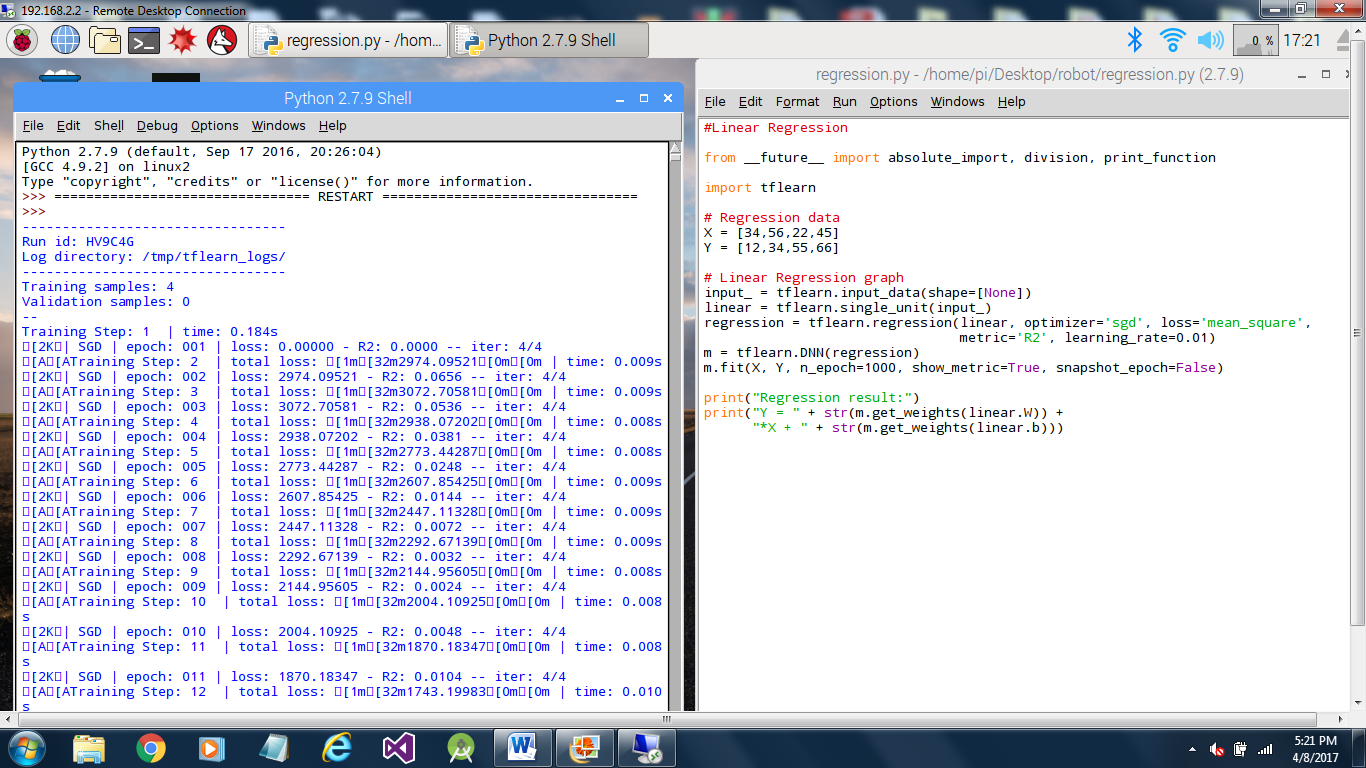
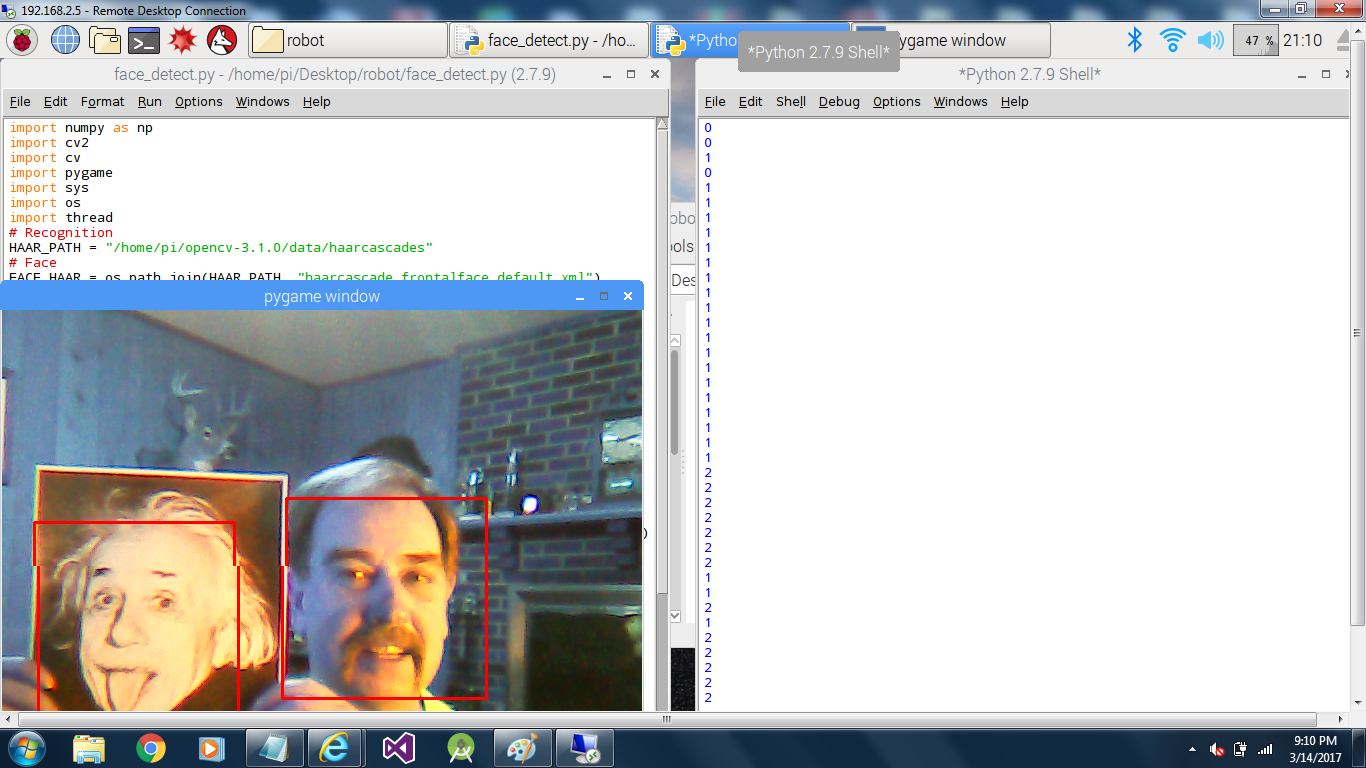



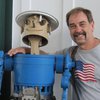
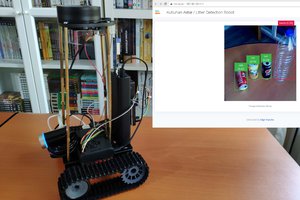
 kutluhan_aktar
kutluhan_aktar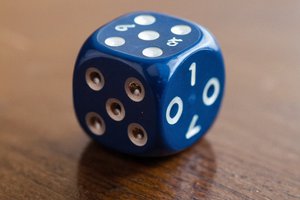
 Tim
Tim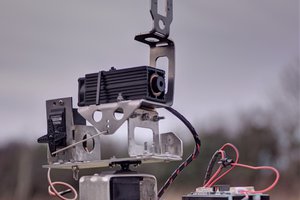
 GOAT INDUSTRIES
GOAT INDUSTRIES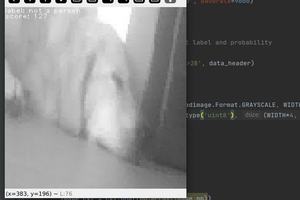
 kasik
kasik
Anna2, or A2, appears to be an agricultural robot (agbot) designed to assist with farming tasks. The name suggests it might be a second version or an update of an original "Anna" model. https://foleyauctioneers.ie/sales/agricultural-sales/